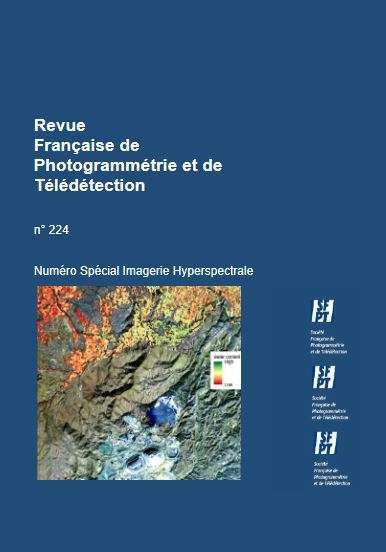BIODIVERSITY – A new space mission to monitor Earth ecosystems at fine scale
DOI:
https://doi.org/10.52638/rfpt.2022.568Keywords:
imaging spectroscopy, hyperspectral, space mission, vegetation, biodiversity, coastal ecosystems, critical zone, soil quality, urban areaAbstract
Imaging spectroscopy has demonstrated its interest in characterizing the biochemical, biophysical and structural properties of vegetation, natural and agricultural soils, as well as artificial surfaces. Following the Hyperion mission, new space missions have emerged (PRISMA, EnMap), or are under study (CHIME, SBG). However, one of their main limitations lies in their spatial resolution that induces a large number of mixed pixels reducing their potential for discrimination for very heterogeneous areas. The BIODIVERSITY mission aims to complement these space missions with better GSD acquisitions (typically 8-10 m) with a 5-day revisit on targeted reference sites with identified and well-located characteristics. It will thus make it possible, in particular, to answer two scientific issues that will design the instrument. The first issue concerns the spatial and temporal distribution of vegetation traits in species assemblages; these traits are associated with the resilience of terrestrial ecosystems, anthropogenic influences, and the biodiversity of ecosystems in terms of species composition and assemblages. The second issue relates to improving our knowledge of coastal areas and inland waters in terms of biodiversity, water quality and bathymetry, in order to assess the impact of human activity on their ecosytems. The scientific challenges as well as the user requirements for such a mission are presented for each application.
Downloads
Downloads
Published
How to Cite
Issue
Section
Categories
License
Copyright (c) 2022 Xavier Briottet

This work is licensed under a Creative Commons Attribution 4.0 International License.






